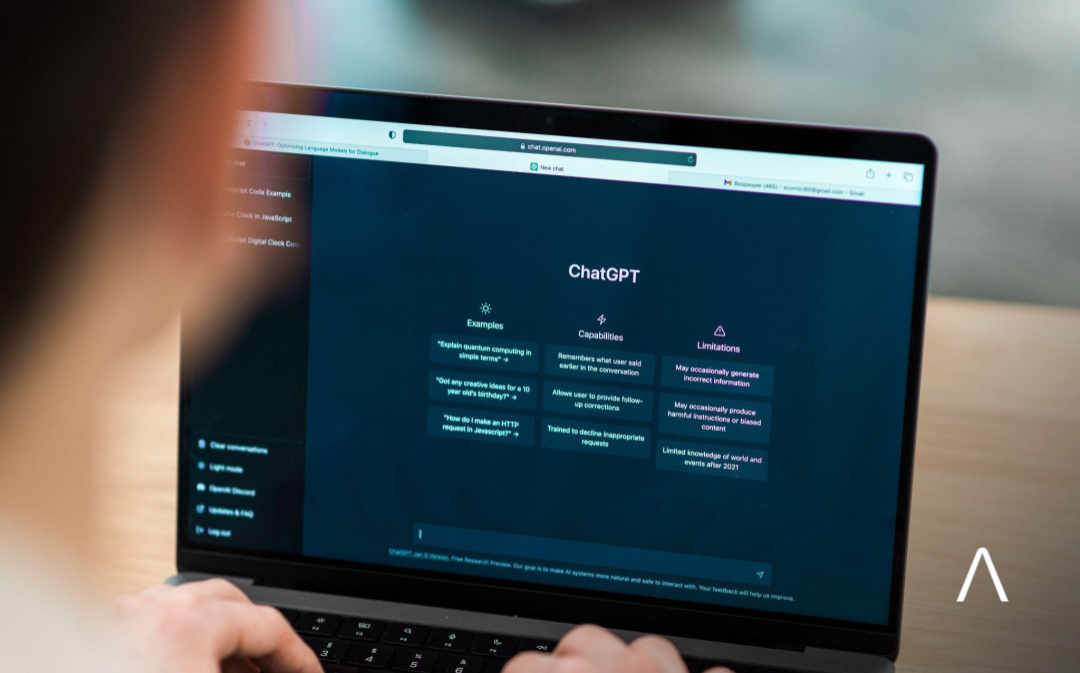Artificial intelligence is fast changing the landscape of software development, changing how developers create, test, and deploy applications. AI assisted software development is not a trend, it’s a paradigm shift in the industry that allows developers to work faster and produce better code. In this article we explore the future of AI assisted software development, the benefits, challenges and tools that are driving this new era.
The Rise of AI in Development
The software development lifecycle has become more and more integrated with AI technologies. These AI tools are meant to improve developer productivity: from automating basic task to supplying intelligent code recommendations. These are tools that use machine learning and natural language processing to learn patterns of coding and help developers while they code. This way developers can concentrate on more difficult issues, shortening the period of project execution, enhancing the creativity.
Enhancing Productivity

The most important advantage of AI assisted development is productivity boost. GitHub Copilot and Tabnine are tools that give developers context aware code suggestions that allow developers to write code faster and with more accuracy. These tools predict what a developer will do next so that repetitive tasks are less time consuming and mistakes are made less frequently. This efficiency enables teams to spend more time on the really important parts of a project, like architecture and user experience design.
Additionally, AI can test automatically with tools such as CodiumAI that automatically builds unit tests from code changes. Besides speeding up the testing phase, this automation also improves code quality as it performs a more thorough coverage with a proper testing status and detects possible bugs during early stages of development cycle.
Improving Code Quality
Utilization of AI tools helps improving code quality by spotting vulnerabilities and suggesting best practices. For example, Amazon CodeWhisperer scans your code for security vulnerabilities and tells you what you need to fix. It helps developers keep high standards of quality and lowers the risk of security breaches.
Additionally, AI based code review tools can detect errors due to lack of proper style guidelines and best practices by analyzing the code and ensuring that everyone in the team adheres to same coding standards. These tools help with more maintainable and reliable software by catching issues prior to reaching production.
Facilitating Collaboration
With the rapid increase in distributed development teams, collaboration tools fueled by AI are essential to productivity. Developers can save and share code snippets on platforms like Pieces, and they get context aware suggestions based on what they have interacted with previously. Having this knowledge base in common enables your teammates to work together no matter where in the world they actually are.
Additionally, AI can automate project management processes by automatically creating sprint reports or tracking progress. Stepsize AI integrates with issue trackers, providing real time status updates on where projects stand, so everyone stays in the loop about development progress.
Challenges Ahead
While the advantages of AI assisted software development are plentiful, there are still obstacles. The concern is that AI tools are being over relied on and developers are losing the fundamental coding skills. Critical thinking and problem solving are as important as tool usage in adapting education programmes.
Another challenge is with the use of AI tools that require access to the source code repository to work — how do you ensure data privacy and security? When using these tools, developers must be vigilant with the permissions they grant these tools and check with their organizational policies.
Conclusion
The possibilities for supporting AI assistant in software development are promising, and they can empower developers to do their efficient coding solutions, increase code quality, and build good collaboration with their teams. The development of AI technologies is only going to continue, so developers will need to accept these tools and be aware of the problems they cause. Instead, developers should be purposeful and strategic when infusing AI into their workflows, taking its power and deploying it for their organizations to make innovative solutions to the demands of the digital space as it evolves. With the promise of a new era of software development ahead, the creative union of human intelligence and artificial intelligence will certainly change the limits on what is conceivable in software engineering.


